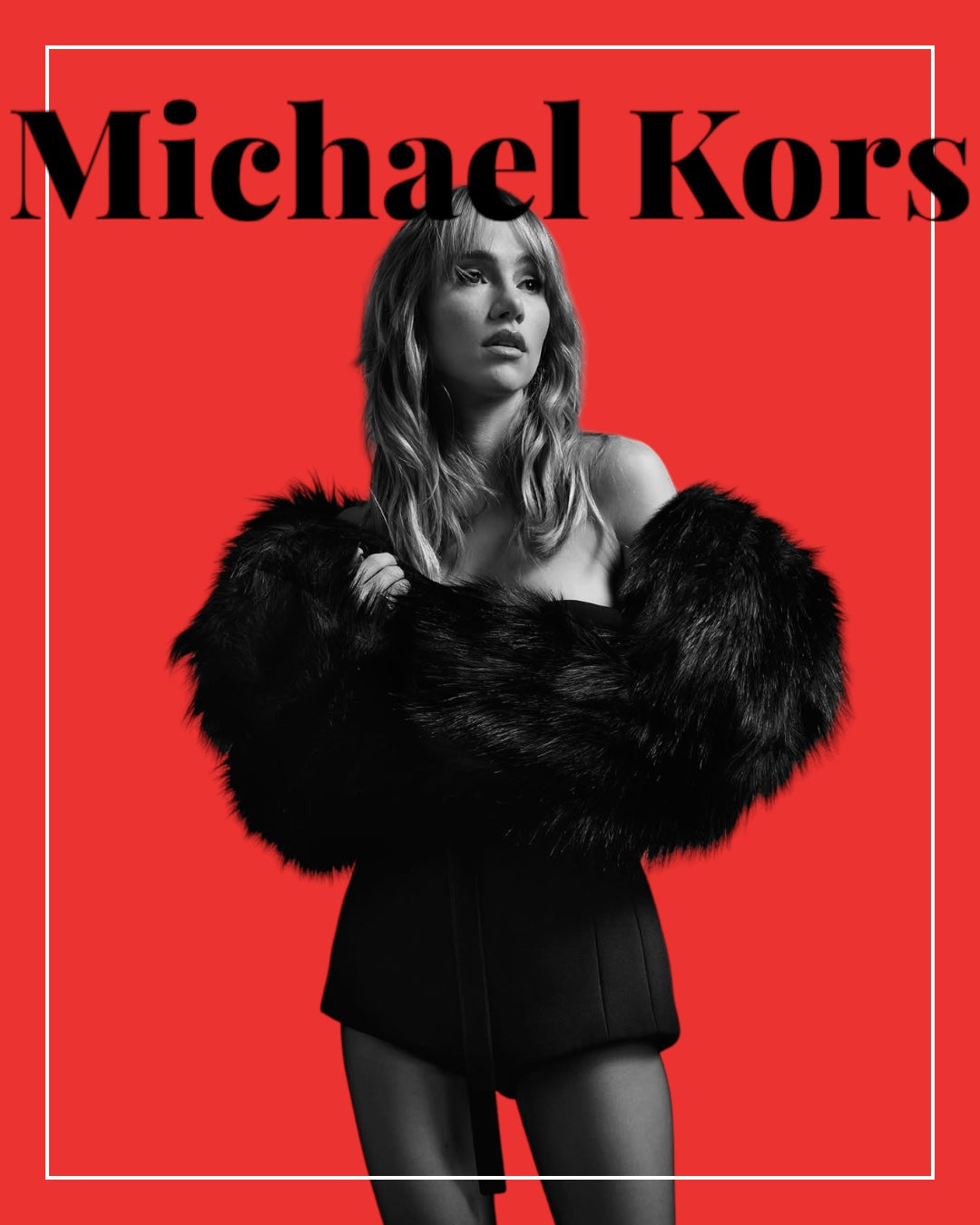
The Michael Kors Saga: From Runway to Worldwide Icon
Share
In the bustling world of fashion, where trends come and go with the seasons, Michael Kors has carved out a legacy that's timeless. This blog post dives deep into the story of Michael Kors, an American designer whose name has become synonymous with luxury, accessibility, and jet-set glamour. Let's explore how Michael Kors turned his vision into a global fashion empire, creating accessible luxury that resonates with millions.
The Early Days: A Passion for Fashion
Michael Kors, born Karl Anderson Jr. on August 9, 1959, in Long Island, New York, showed an early affinity for fashion, influenced by his mother's modeling career. Even as a child, Kors redesigned his mother's wedding dress for her second marriage, a testament to his innate design talent. His passion led him to enroll at the Fashion Institute of Technology in New York City at 19, though he left after nine months to work at Lothar's, a boutique across from Bergdorf Goodman, where he would soon make his mark.
Launching Michael Kors:
In 1981, Michael Kors launched his first women's collection at Bergdorf Goodman, introducing the world to his aesthetic of casual luxury. His designs, known for their sophisticated yet accessible style, quickly caught the eye of fashion critics and celebrities alike. This early success was just the beginning. By 1990, he expanded with KORS Michael Kors, further cementing his brand's place in the fashion world.
The Jet-Set Lifestyle:
Kors's philosophy was always about creating fashion that was glamorous yet wearable, with a focus on the jet-set lifestyle. His collections often reflect the ease and elegance of travel, mixing high-end fashion with pieces that are practical for the on-the-go individual. This approach has not only defined his brand but has also made it a favorite among those who aspire to a life of luxury without the fuss.
Breakthroughs and Challenges:
-
Celine Era: In 1997, Kors took on the role of the first women's ready-to-wear designer for Celine, bringing his American sensibility to the French luxury house, where he stayed until 2003.
-
Project Runway: His stint as a judge on "Project Runway" from 2004 to 2012 not only showcased his expertise but also expanded his fan base, making his name known beyond traditional fashion circles.
-
Global Expansion: Despite his success, the brand faced challenges, particularly with an overly ambitious global expansion plan criticized by some as possibly stretching the brand too thin. However, Kors's strategic marketing, including innovative campaigns like #MKTimeless on Instagram, helped maintain brand relevance and engagement.
Innovative Marketing and Social Media:
Michael Kors has been at the forefront of using digital platforms for marketing. Campaigns like the "Jet Set Experience" in China and user-generated content initiatives on social media have kept the brand dynamic and connected with younger audiences. His use of celebrity endorsements and participation in high-profile events like New York Fashion Week further solidify his brand's status in the luxury market.
The Legacy and Future:
Today, Michael Kors is not just a name but a lifestyle brand under Capri Holdings Limited, which also includes Jimmy Choo and Versace. Despite market fluctuations, Kors's focus on quality, design, and accessible luxury continues to drive the brand's appeal.
Michael Kors's story is one of vision, resilience, and an unwavering commitment to making luxury accessible. From his early days in New York to becoming a global fashion mogul, Kors has shaped the fashion industry with his distinctive style. As we look to the future, the brand's adaptability in an ever-evolving market suggests that Michael Kors will continue to be a significant name in fashion, inspiring new generations with its blend of glamour, practicality, and innovation.
